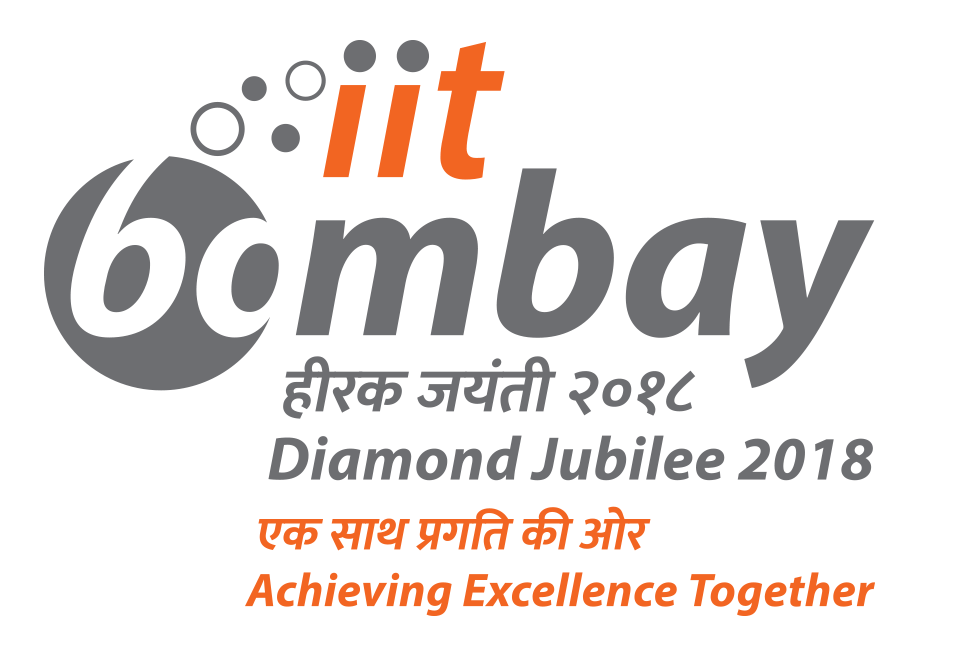Title: Origin and stability of generalized Wigner crystallinity in triangular moire systems.
Speaker: Dr. Aman Kumar, National MagLab, Florida
Abstract: Generalized Wigner crystals on triangular moire superlattices, formed from stacking two layers of transition metal chalcogenides, have been recently imaged at multiple charge densities [Y. Xu et al, Nature 587, 214 (2020), H. Li et al., Nature 597, 650 (2021)]. Motivated by these experiments, tied with the need to have an accurate microscopic description of these materials, we explore the theoretical origins of generalized Wigner crystallinity at $n=1/3$ and $2/3$ filling. We demonstrate the limitations of theoretical descriptions with truncated interactions and the need for a full long-range model, a finding we validate by studying both classical and quantum mechanical effects at zero and finite temperatures. More generally, we discuss the role of charge frustration in the theoretical phase diagram, identifying a ``pinball" phase, a partially quantum melted generalized Wigner crystal with coexisting solid and liquid-like features, with no classical analogue. Quantum effects also explain the small, but detectable, asymmetry in the transition temperatures of the n=1/3 and 2/3 crystals. Our calculations reveal that the renormalized nearest-neighbor interactions are significantly weaker than previously reported, placing it close to a metal-insulator phase boundary, and whose implications for future experiments are discussed. We conclude by predicting temperatures and gate separations where the crystal melts.

